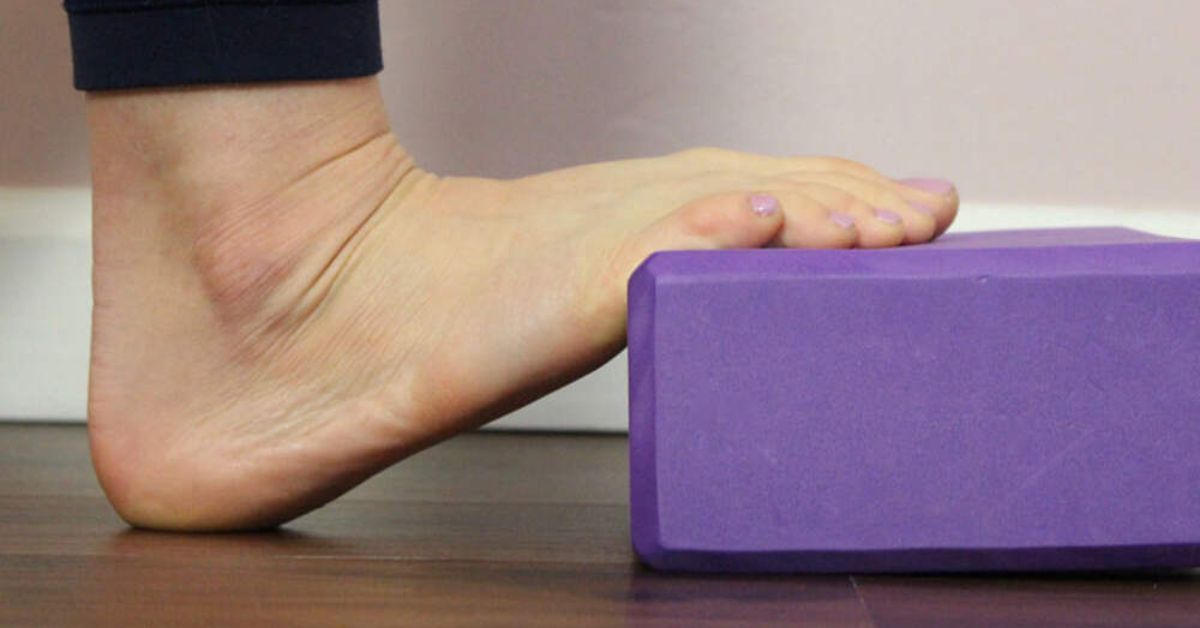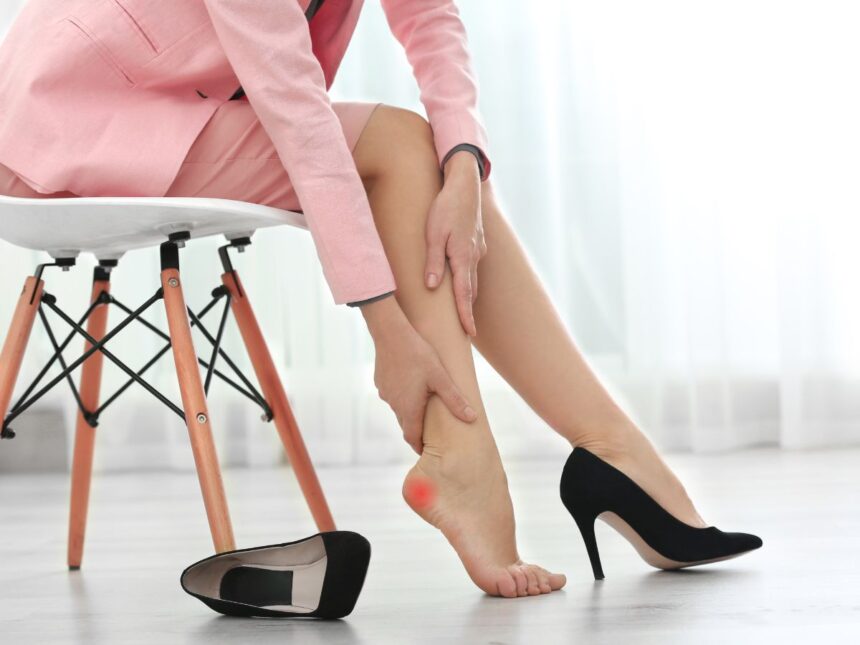Heel pain that is to be chronic sometimes due to conditions such as plantar fasciitis, Achilles’ tendonitis, and callus often serves as a constraint in the way we go about our everyday activities. When it comes to dealing with chronic foot pain, it may well involve the multi-dimensional approach that fits individual needs that are provided by treatment for plantar fasciitis UK. However, there are tools that one may use to manage the pain over the long haul and improve their quality of life.
Proper Diagnosis and Evaluation of Heel Pain
A trustworthy diagnostic procedure plays a vital role in the right therapy. A healthcare professional, such as a podiatrist or an orthopedic specialist can do the clinical diagnosis process that would extensively involve completing the physical examination, imaging tests (like the X-rays and the MRI) as well as talking about the medical history and symptoms. Deciphering the actual root cause of the heel pain is extremely essential because this helps the physician to devise a good treatment protocol.
Stretching and Strengthening Exercises
Controlling and lengthening exercises can be performed to reduce the chronic heel pain by bringing flexibility, reducing forced muscle and making foot and ankle the body into a stable form. Lessons will encompass individual exercises aimed at developing the calf muscles, Achilles tendon, plantar fascia, and foot muscles (intrinsic). One can seek the help of a licensed professional such as a physical therapist or a healthcare provider who can guide a person on suitable exercises and confirm the techniques are correct and regularity of exercise is proper.

Orthotic Devices and Supportive Footwear
Shoes custom-made for an individual or shoe inserts recommended by a healthcare professional in a patient having a flat foot, or any other deformity, can provide the needed support, cushioning, and proper alignment for the foot and ankle and relieve pain. The provision of supportive footwear with proper arch support, cushioning, and shock absorption is also an appropriate measure necessary for reducing the feet burden and promoting normal feet mechanics. Effective selection of footwear that suffices the unique requirements of individuals with chronic heel pain will have a tremendous effect on comfort and fancy.
Extracorporeal Shock Wave Therapy (ESWT)
Extracorporeal shock wave therapy (ESWT) is a non-invasive physiotherapy method of treatment which uses input of high energy shock waves aimed at triggering tissue healing and reducing inflammation in the area around injured tissues. Some encouraging results were found in the ESWT program that mainly was treating the chronic heel pain and especially for the conditions that do not respond to the conservative approaches like plantar fasciitis. Nevertheless, the precise mechanism of this ESWT is not fully clear, but we believe it can help promote tissue regeneration and pain relief by improving the flow of blood and the repair related cell processes.
Corticosteroid Injections
Corticosteroid injection is the next step doctors can consider for the backbone treatments of those with heel pain that continues to be severe or not responsive to the other treatments. These injections supply such strong anti-inflammatory medicine directly to the place which is impacted and thus its effect is felt quickly and pain and inflammation are reduced. Yet, corticosteroid injections are usually published under the guidance of the doctor and may carry side effects such as tissue damage, tendon weakening and the tendency of symptom clamp down at the later stages. Consequently, they have the tendency to be the relief therapy for immediate problems and as one of the methods under a combined therapeutic plan.
Surgery (As a Last Resort)
In most situations where the conservative treatment has not provided any relief from chronic heel pains, surgery will be considered as the last resort method to improve life quality. There are different surgical procedures done for chronic heel pain, for instance, plantar fascia release, Achilles tendon repair, or extraction of heel spurs. Surgical treatment is dedicated to solving the underlying issue hence relieving pressure on the affected tissues and rationalising normal foot function. Nevertheless genetic engineering surgery can be hazardous and the patients’ bodies need to be properly evaluated for risks, benefits and outcomes.
Conclusion:
Chronic heel pain is a difficult condition to treat but if it is diagnosed properly, when there are the treated solutions created in accordance with certain cases, and when there is comprehensive care, a lot of people can get long-term relief and improved function. A combination of interdisciplinary approaches that address structural issues, reduce inflammation, and facilitate healing of the tissues involved can be effectively used as treatment modality tools to relieve pain, re-establish mobility, and improve the general quality of life of those with chronic heel pain.
The effective treatment plan requires being in touch with healthcare professionals to create a personalised and comprehensive regimen taking into consideration the every specific desire and purpose of each patient thus significantly increasing chances for success and long-term alleviation.
